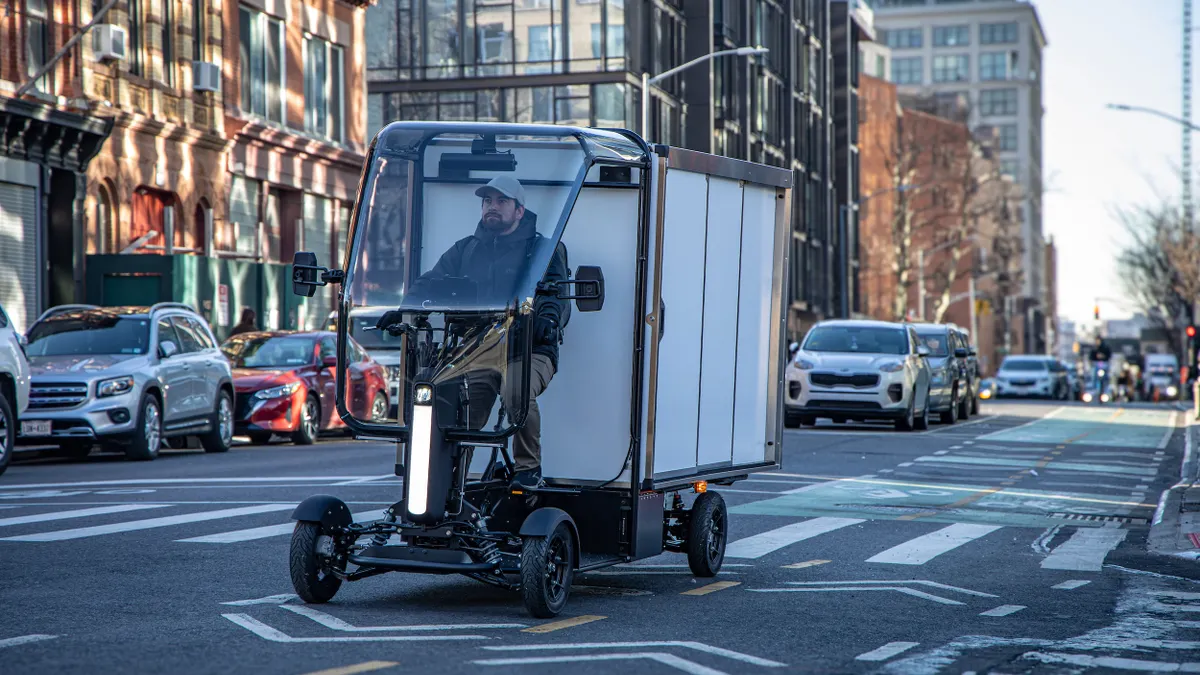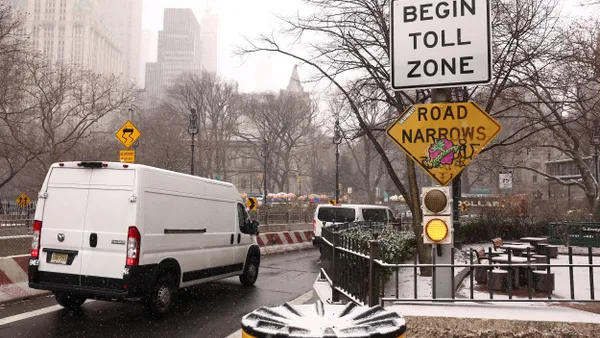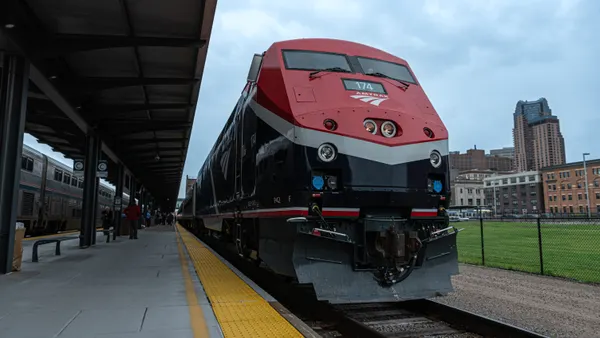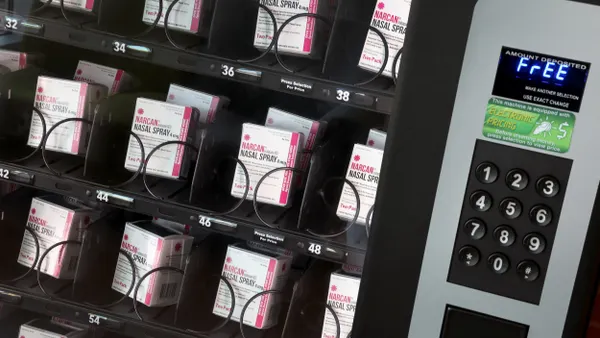Dive Brief:
- Siemens Mobility and ViP Verkehrsbetrieb Potsdam GmbH will present an autonomous tram at the InnoTrans conference in Potsdam, Germany this month, according to a press release. The tram will run autonomously in a six-kilometer section of train network through the city in real traffic for four days.
- The experimental tram has multiple LiDAR, radar and camera sensors to draw information about the traffic environment. The vehicle can respond to trackside signals, stop at tram stations and react to hazards like vehicles and pedestrians on the tracks.
- The vehicle — which the companies say is the first such autonomous vehicle launched for research and development purposes — is not designed for commercial use, but is designed to test the technological challenges of autonomous driving under real-life conditions.
Dive Insight:
The public test builds on work that Siemens has already done to integrate autonomous technology to trains. For instance, the company’s “Siemens Tram Assistant” collision warning system is being used on a train in Ulm, Germany to alert drivers of possible hazards. In a press statement, Siemens Mobility CEO Sabrina Soussan said the tests marked “an important milestone on the way to autonomous driving.”
“By making trains and infrastructure intelligent, we can guarantee availability and enhance safety in local and long-distance travel,” Soussan added.
Autonomous technology has been slow to come to the railway industry, in part because of the long lead time operators need to brake for a potential hazard. Last fall, the mining company Rio Tinto ran a train for 60 miles in Australia with no human driver as a backup; in July, the company ran the first delivery of iron ore with an autonomous locomotive.
By putting autonomous technology in a passenger train that could operate in an urban environment, Siemens is seeking to bring the same safety and efficiency upgrades being applied to cars to mass transit. Cities like Las Vegas and Arlington, TX have been testing autonomous shuttles that can move people around downtown areas. Trams and trolleys hold similar promise, but can also be constrained to tracks that remove more risk of accidents, plus the potential for long-range travel.











